Marzena Dłużniewska
Szopka Krakowska: the Traditional Kraków Nativity Scene
The nativity scene (szopka) came to Kraków, Poland in the 13th century by way of St. Francis. However, it wasn’t until the 19th century that nativity scenes mimicking the architecture of Kraków began to appear. Since then, this form of artwork has remained popular and the Dłużniewski family are masters. Marzena Dłużniewska learned from her grandfather Marian Dłużniewski, today Marzena and her partner and daughter create Kraków nativities together out of cardboard, foil, and paper.
Kraków nativity scenes (szopka krakowska) are recognizable by their architectural features; towers, gold domes, churches, green roofs, etc. and their figurines adorned in local folkwear, the Wawel dragon (polish dragon), and the Lajkonik (Tartar rider). It all begins with a scale drawing, from which the architectural elements are drawn on book binding cardboard so they can be glued together. After construction has taken place, the artisan covers them in a colorful foil and adorns them with figurines made in a similar fashion.
In 2018 UNESCO designated this artform on the Representative List of the Intangible Cultural Heritage of Humanity. Marzena estimates that there are about 40 professional nativity scene makers in Kraków today, only a few of them are women. Committed to keeping this familial and cultural tradition alive, Merzena has found great success, in 2019 Netflix purchased one of her nativity scenes to feature in the movie Christmas Chronicle 2.







